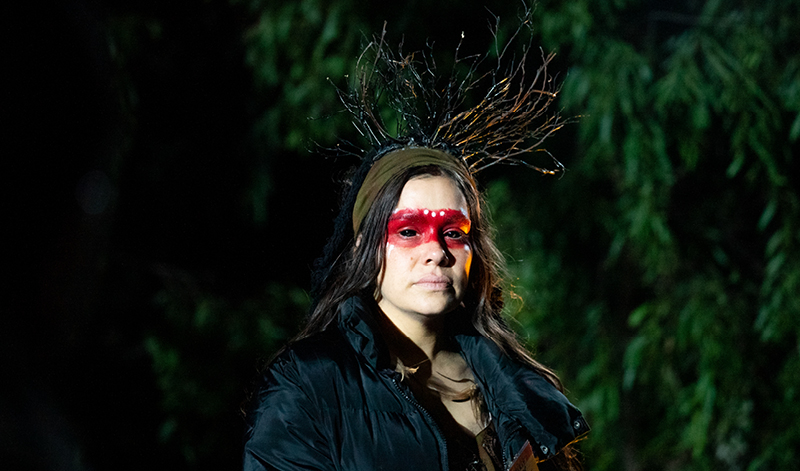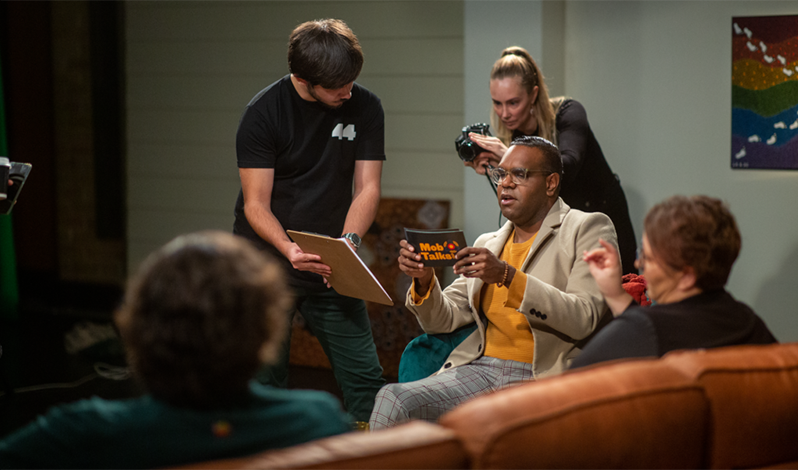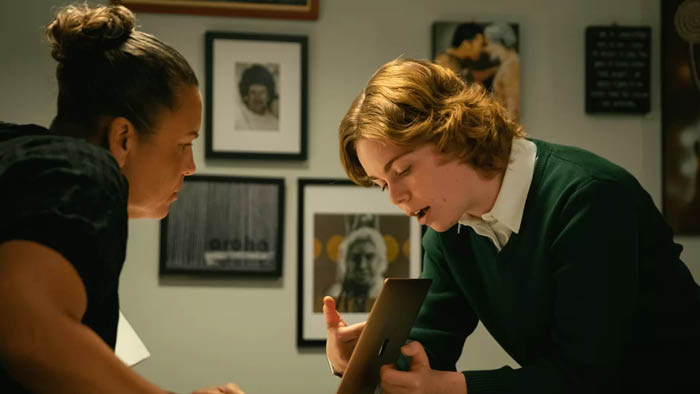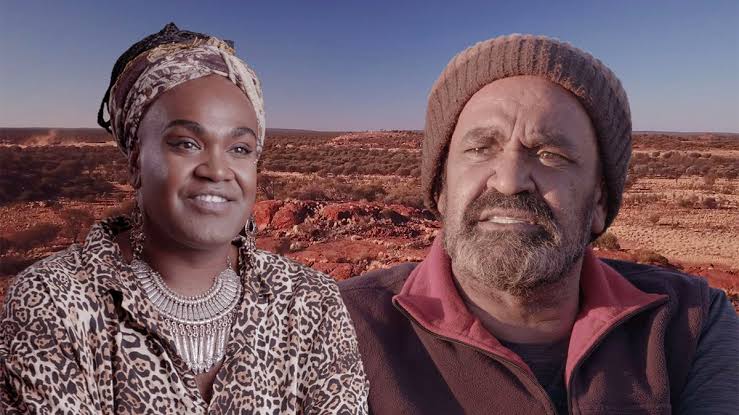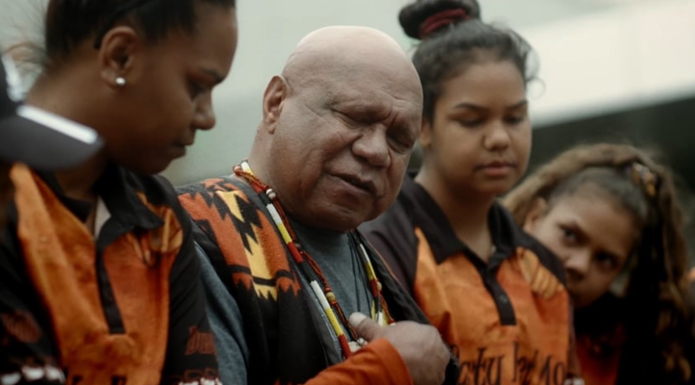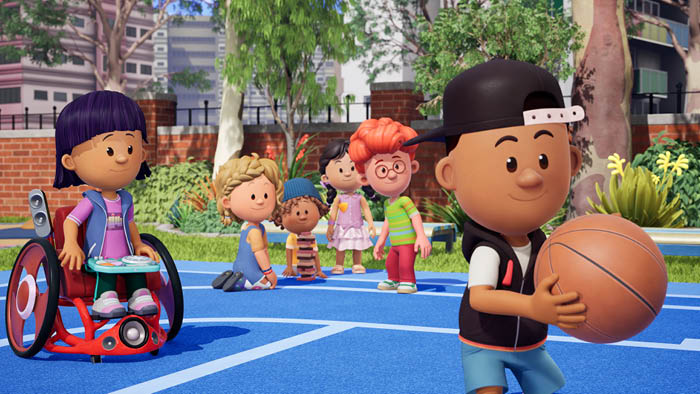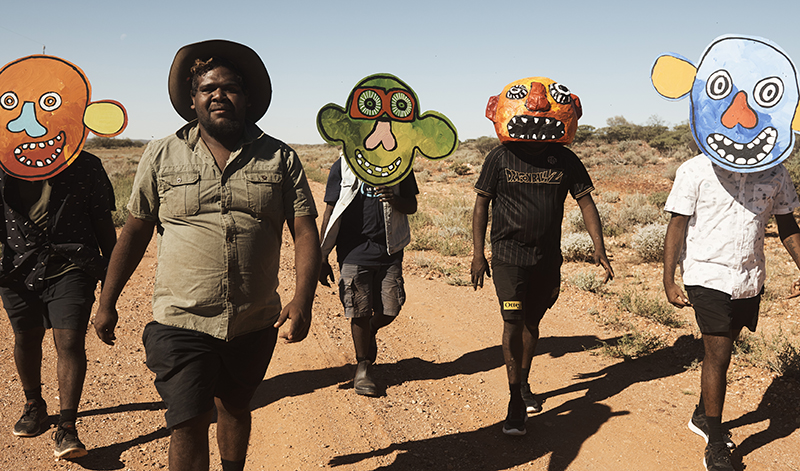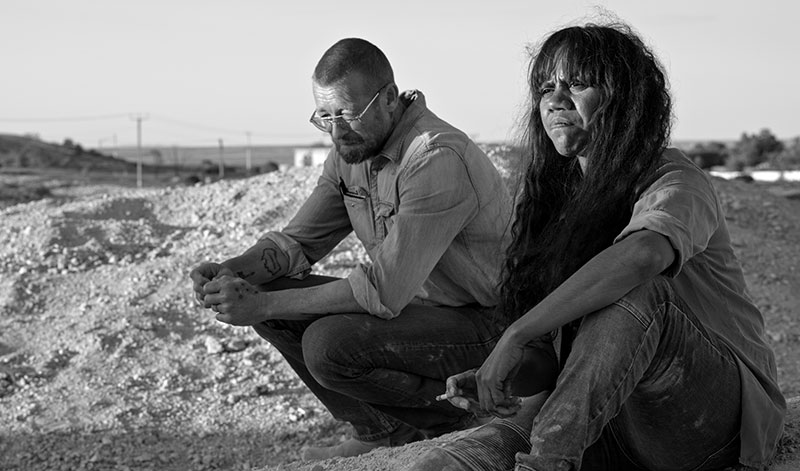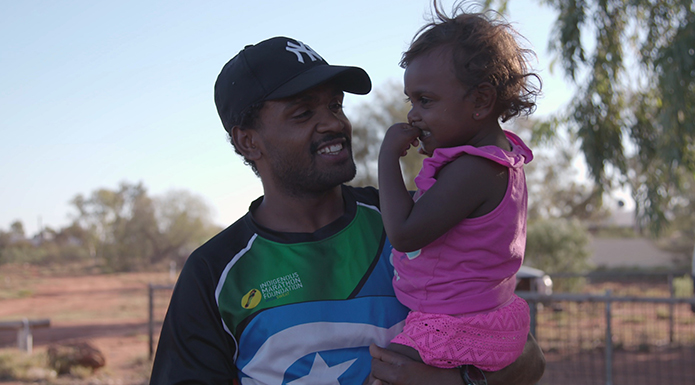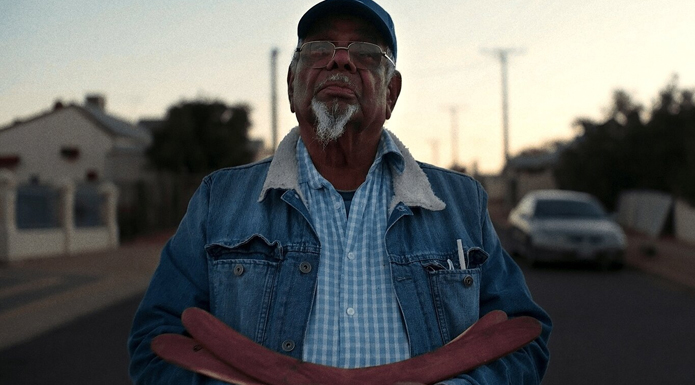INITIATIVES
First Nations Screen Strategy
Launched in November 2020 as part of NAIDOC Week, the SAFC’s First Nations Screen Strategy 2020-2025 is the agency’s five year plan to grow, highlight and support South Australian First Nations voices and stories on screens locally and globally.
Scroll through the page to find out more about how the SAFC supports South Australian First Nations screen creatives – or hit the button below to email our team.



